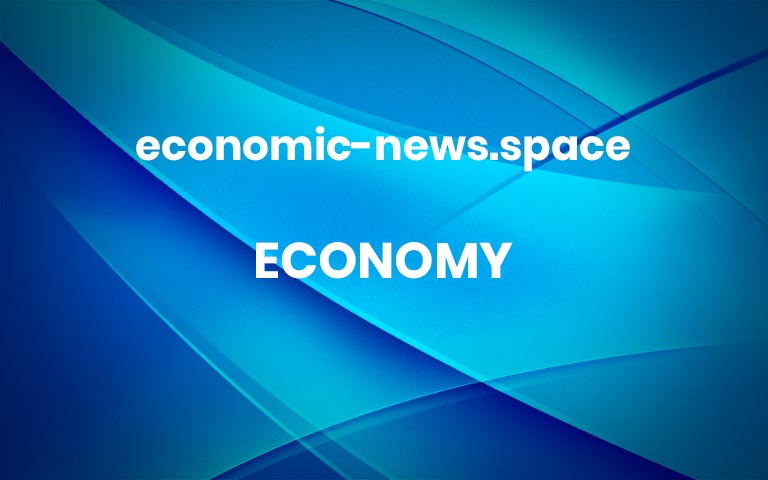
With Kamala Harris, U.S. Free Trade Skepticism May Continue
The vice president has been critical of past trade deals. But her record suggests she could push for trade measures that address environmental issues.In a 2019 presidential debate, Kamala Harris insisted, “I am not a protectionist Democrat.”But Ms. Harris is not a free-trade Democrat, either. She has said she would have opposed the North American Free Trade Agreement of 1992, which President Biden voted for while serving in the Senate, as well as the Trans-Pacific Partnership, an agreement supported by the Obama administration. And in 2020, she was one of only 10 senators to vote against the deal to replace NAFTA, the United States-Mexico-Canada Agreement.As she pursues the presidential nomination, Ms. Harris’s views on trade and economic issues are likely to become a focal point. Yet unlike former President Donald J. Trump and his running mate, JD Vance, trade has never been a major focus for Ms. Harris. As a result, her positions on trade issues are not entirely known.William A. Reinsch, the Scholl Chair in International Business at the Center for Strategic and International Studies, called Ms. Harris “a bit of a blank slate, but one most likely to be filled in with trade skepticism.”In part that is because of her no vote on the U.S.M.C.A., which Mr. Reinsch said “leads me to assume she is part of the progressive wing of the party which is skeptical of trade agreements in general, and particularly of those that involve market access.” But, he said, “there’s not a lot out there to go on.”Still, in her time as a senator from California and as the vice president, Ms. Harris has adopted some recurring positions that hint at what trade policy might look like if she wins the White House. For example, on several occasions, her objection to trade deals revolved around a common issue: their impact on the environment, and their lack of measures to address climate change.While the U.S.M.C.A. was negotiated by the Trump administration, it won over many Democrats by including tougher protections for workers and the environment. But Ms. Harris concluded that the deal’s environmental provisions were “insufficient — and by not addressing climate change, the U.S.M.C.A. fails to meet the crises of this moment.”We are having trouble retrieving the article content.Please enable JavaScript in your browser settings.Thank you for your patience while we verify access. If you are in Reader mode please exit and log into your Times account, or subscribe for all of The Times.Thank you for your patience while we verify access.Already a subscriber? Log in.Want all of The Times? Subscribe. More

